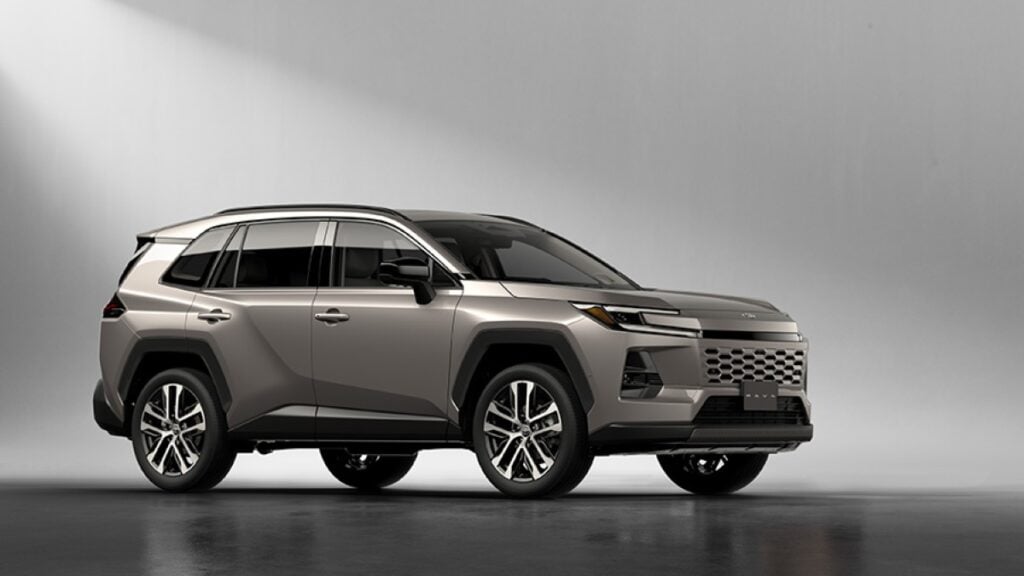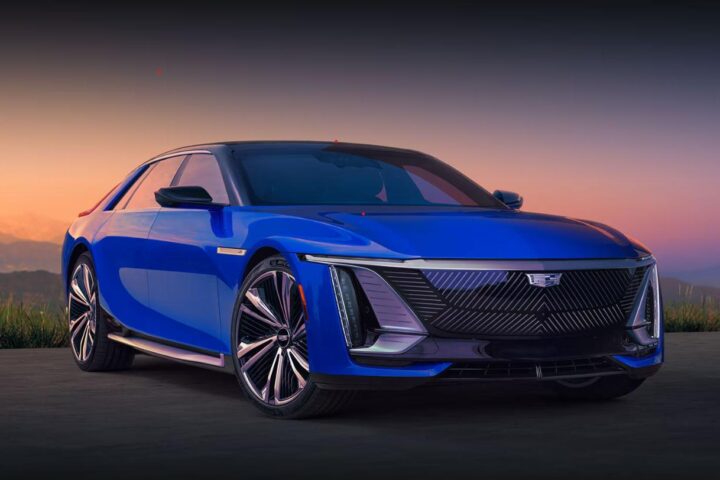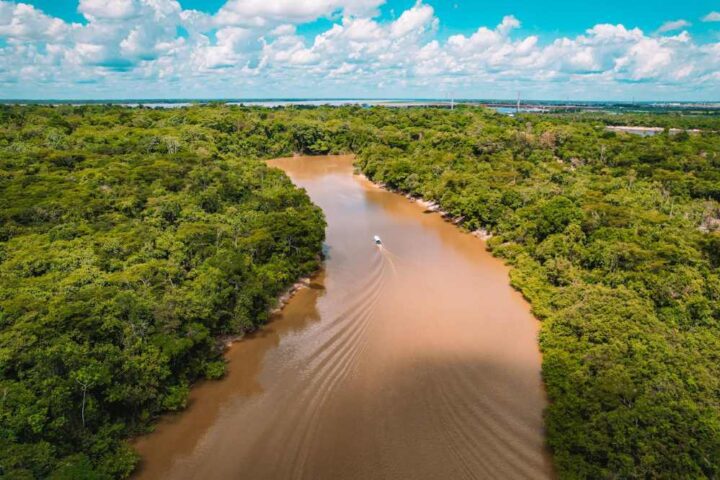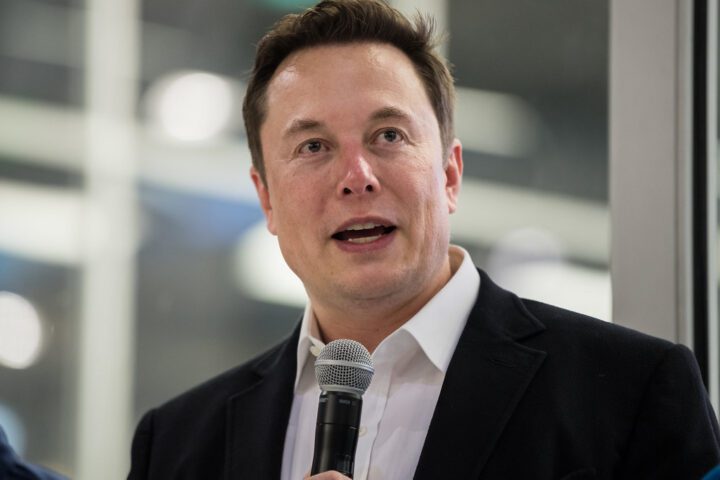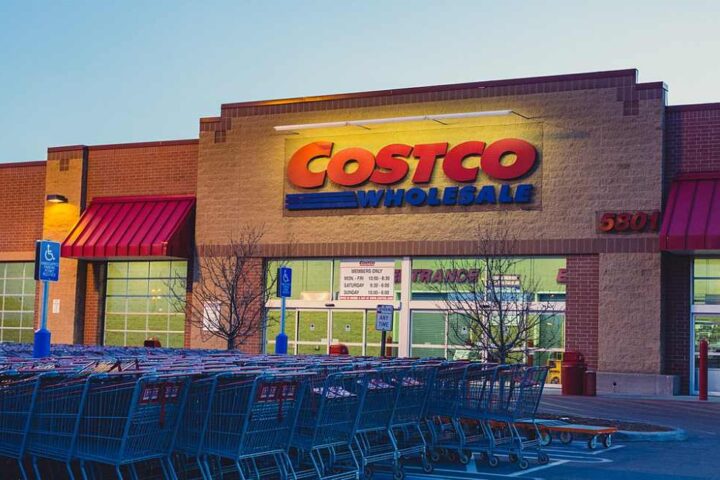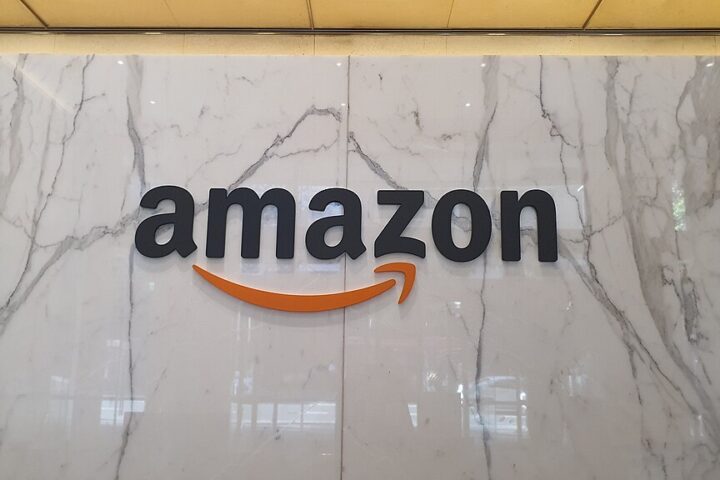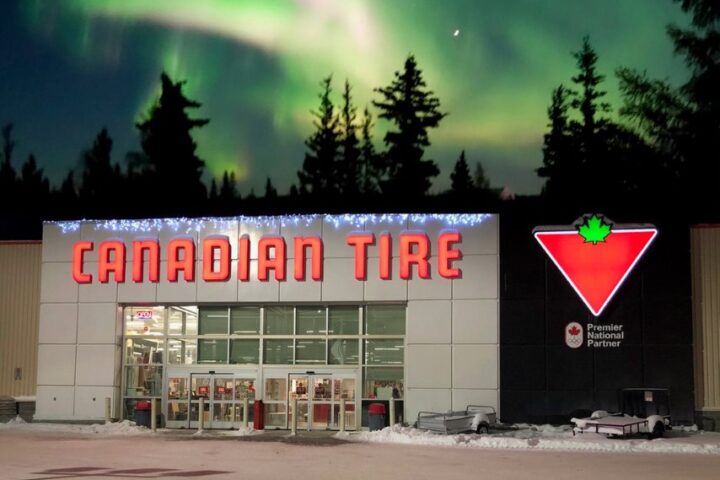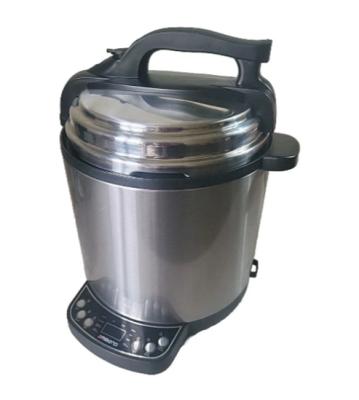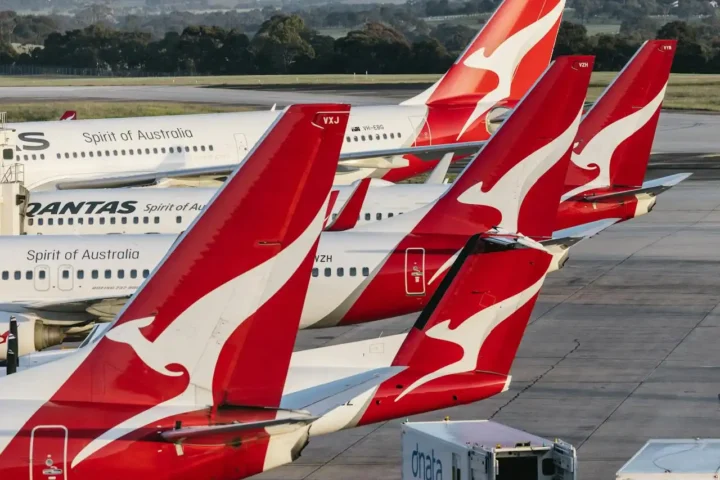That fizzy burst of a cold Coca-Cola on a hot day might soon taste different if President Donald Trump’s recent claim holds true. But the potential switch from high-fructose corn syrup (HFCS) to cane sugar stirs up more than just taste buds—it ripples through farm economies, manufacturing costs, and even your grocery bill.
“I have been speaking to Coca-Cola about using REAL Cane Sugar in Coke in the United States, and they have agreed to do so,” Trump posted on Truth Social on July 16, 2025 (Wednesday). “This will be a very good move by them — You’ll see. It’s just better!”
Coca-Cola did not commit to the change when NBC News asked it later about Trump’s post. “We appreciate President Trump’s enthusiasm for our iconic Coca-Cola brand,” a company spokesperson said in a statement. “More details on new innovative offerings within our Coca-Cola product range will be shared soon.”
Sugar Economics 101: Why We Use Corn Syrup Anyway
The reason Coca-Cola switched to HFCS back in the 1980s wasn’t just cost-cutting—it was created by government policy. The U.S. maintains sugar tariff-rate quotas (TRQs) and price supports that keep domestic sugar prices roughly double world levels.
According to the USDA, loan rates for sugar are 19.75 cents per pound for raw cane sugar and 25.38 cents per pound for refined beet sugar, with over-quota tariffs exceeding 20 cents per pound. This makes American sugar artificially expensive compared to global prices of around 15 cents per pound.
Can We Even Get Enough Cane Sugar?
USDA projections for 2025-26 show U.S. sugar supply at about 13.77 million short tons, raw value (STRV), with domestic production accounting for roughly 9.31 million STRV (5.15 million from beets; 4.10 million from cane) and imports making up the difference.
For context, analysts estimate a switch in Coca-Cola’s classic formula would require about a 20% increase in total sugar supply or a 36% boost in domestic cane sugar production—a significant challenge for U.S. suppliers.
Environmental Footprints: Cane vs. Corn
Some studies suggest that sugarcane cultivation may have a lower carbon footprint than corn production for HFCS, though the full picture is complex. Various agricultural methods, transportation requirements, and processing technologies all influence the overall environmental impact of both sweeteners. However, concerns about Coca-Cola’s environmental practices extend beyond sweetener choice to broader sustainability issues.
However, gains from using cane sugar may be partially offset by emissions from transporting tropical cane sugar to U.S. processing facilities.
What Consumers Actually Want: Less Sugar Overall
Ironically, while this debate rages, consumers are increasingly choosing no-sugar options. Coca-Cola’s Q1 2025 results showed Coca-Cola Zero Sugar volume growth of 14%, significantly outpacing classic Coke.
This trend suggests that for many consumers, the type of sweetener may matter less than reducing sugar content altogether.
Alternative Sweeteners: Beyond Cane vs. Corn
Food science has moved well beyond the cane versus corn debate. Beverage companies have significantly increased R&D budgets for non-nutritive sweeteners like stevia, monk fruit, and allulose.
Industry estimates suggest alternative sweeteners can offer substantial cost savings while providing zero calories, making them increasingly attractive to manufacturers.
Regulatory Pressures Mounting
As of mid-2025, several municipalities have implemented excise taxes on sugar-sweetened beverages, including Berkeley, Philadelphia, Seattle, Boulder, San Francisco, and the District of Columbia, though no state yet has a statewide soda tax. These regulatory trends align with broader policy shifts toward sustainable consumption, including FDA’s new guidelines for reusable containers in food service establishments.
Additionally, under the “Make America Healthy Again” initiative led by HHS Secretary Robert F. Kennedy Jr., the Trump administration has pushed food companies to alter their formulations to remove ingredients like artificial dyes.
Similar Posts
The Billion-Dollar Question: Transition Costs
Industry analysts estimate that Coca-Cola would incur substantial costs to retool bottling lines, update labels, and secure new supply contracts for a full U.S. cane-sugar rollout.
These costs would likely be passed along to bottlers and, ultimately, consumers—potentially raising retail prices.
Market Reaction: Sugar Futures Jump
Raw sugar futures on the Intercontinental Exchange (ICE) rose 1.3% to 16.87 cents per pound on July 18, their highest since June 9, on hopes of stronger U.S. demand—before settling back amid global surplus forecasts.
Corn-processing companies like Archer-Daniels-Midland saw stock declines, with ADM falling on Thursday after Trump’s announcement, though it later recovered most losses.
Corn Industry Fights Back
The corn industry hasn’t taken this news quietly. The Corn Refiners Association warned that shifting away from HFCS would harm American agriculture and manufacturing.
“Replacing high fructose corn syrup with cane sugar would cost thousands of American food manufacturing jobs, depress farm income, and boost imports of foreign sugar, all with no nutritional benefit,” said Corn Refiners Association President and CEO John Bode.
An analysis by AI investment analytics group Reflexivity found the switch could cost the corn industry almost $1.2 billion annually in lost revenue while adding more than $600 million per year to Coca-Cola’s sweetener costs.
HFCS Consumption Already Declining
High-fructose corn syrup usage in the U.S. has been steadily declining for nearly 25 years. According to USDA data, the average American consumed approximately 22.1 pounds of HFCS in 2018, down from a peak of about 37.5 pounds in 1999—a decline of roughly 40%.
This drop has occurred as consumer preferences shift toward perceived “natural” sweeteners and zero-calorie options, with many major brands already reducing HFCS in their product lines.
The Bottom Line
The possible switch from HFCS to cane sugar in Coca-Cola involves complex trade-offs between consumer preferences, agricultural policies, environmental impacts, and manufacturing costs. While Mexican Coke has used cane sugar since 2005 (creating its cult following), scaling this approach across the entire U.S. market presents significant challenges.
For now, it remains unclear whether Coca-Cola agreed to Trump’s proposal or whether the beloved soda will still be made with corn syrup, even as the conversation about sweeteners continues to evolve alongside changing consumer tastes and health considerations. The broader discussion around corporate responsibility for pollution continues to influence how companies approach both ingredient sourcing and environmental impact.
Suggested Related Links:
- Cane Sugar vs High Fructose Corn Syrup: Health Differences
- High-Fructose Corn Syrup: Just Like Sugar, or Worse?
- Why High Fructose Corn Syrup Is Bad for You
- The Difference Between Glucose Syrup vs Corn Syrup
- Corn Syrup vs High Fructose Corn Syrup


